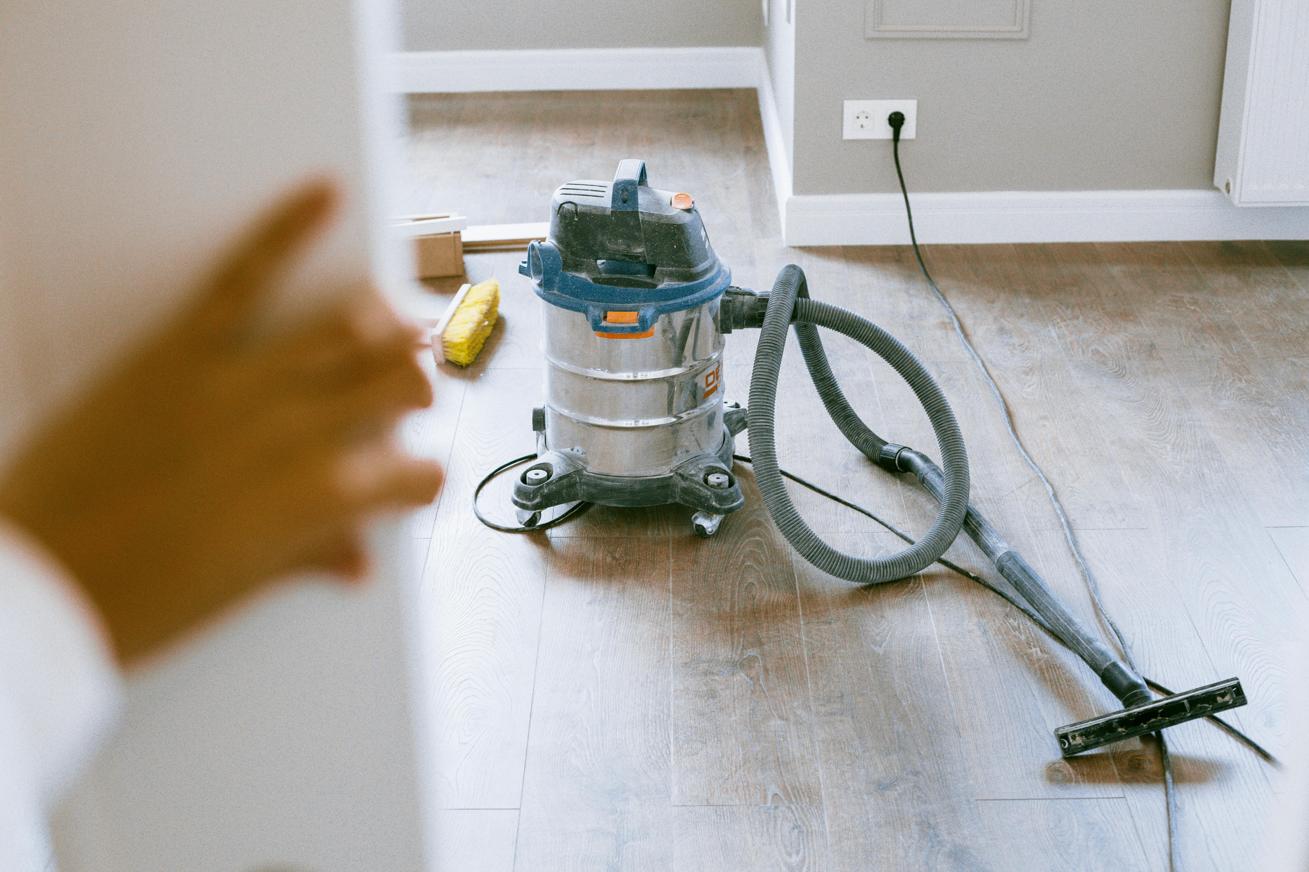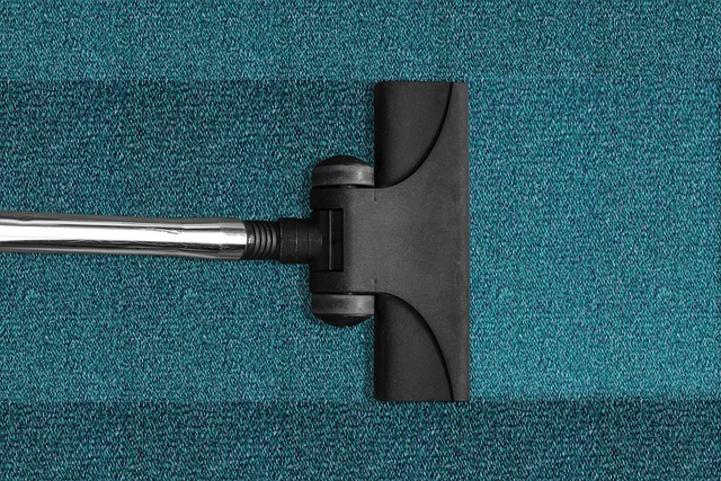Introduction
Fleas pose a persistent problem for many households, particularly those with pets. These tiny pests cause more than just an itchy inconvenience; they can also trigger allergic reactions and spread diseases. One common question that arises is whether regular vacuuming can effectively combat a flea infestation. This blog delves into the science behind vacuuming as a flea control method, best practices, and other complementary strategies to ensure your home remains flea-free.

Understanding Fleas and Their Life Cycle
Before exploring how vacuuming impacts fleas, it’s important to understand the flea life cycle. Fleas go through four main stages: egg, larva, pupa, and adult. Each stage has its own characteristics and challenges for control. Eggs are laid by adult fleas on a host, usually an animal, but they can quickly fall off onto carpets and furniture. These eggs hatch into larvae, which feed on organic matter, including flea droppings. Larvae then spin cocoons and enter the pupal stage, which offers significant protection from environmental factors. Finally, adult fleas emerge to find a host and continue the cycle.
Understanding these stages helps us comprehend why certain flea control methods, like vacuuming, might be effective against some stages but not others.

The Science Behind Vacuuming and Flea Control
How Vacuuming Affects Different Flea Life Stages
Vacuuming impacts different stages of a flea’s life in various ways. When you vacuum, the suction and agitation can dislodge flea eggs and larvae from carpets and upholstery. However, the pupal stage is highly resistant due to the protective cocoon, making it less affected by vacuuming. Adult fleas, if present on the surface, can be captured by the vacuum as well. This mechanical action helps reduce the overall number of fleas in the environment but may not completely eradicate an infestation.
Research Findings on Vacuuming and Flea Control
Several studies have explored the efficacy of vacuuming in controlling flea populations. Research indicates that vacuuming can remove up to 90% of flea eggs, larvae, and some adult fleas. While this is promising, it’s important to note that vacuuming alone may not be sufficient to eliminate a flea infestation completely. The pupal stage, in particular, remains a significant challenge.
Limitations of Relying Solely on Vacuuming
While vacuuming is a vital component of flea control, it has limitations. The primary limitation is its ineffectiveness against the pupal stage. Additionally, vacuuming must be done consistently and thoroughly to be effective. Simply vacuuming once or twice will not yield long-term results. Complementary methods are often necessary to tackle fleas at different stages of their life cycle.

Best Practices for Vacuuming to Kill Fleas
Choosing the Right Vacuum for Flea Control
Selecting the appropriate vacuum cleaner plays a crucial role in controlling fleas. Upright vacuums with strong suction and rotating brushes are particularly effective. HEPA filters can help capture fine particles, including flea eggs and larval debris. Handheld vacuums with attachments can also be useful for reaching tight spaces and upholstery.
Effective Vacuuming Techniques
To maximize the effectiveness of vacuuming for flea control, follow these best practices:
1. Vacuum Regularly: Aim to vacuum at least once a day, especially in areas where pets spend time.
2. Focus on High-Traffic Areas: Pay special attention to carpets, rugs, pet bedding, and upholstery.
3. Use Attachments: Utilize attachments to reach corners, crevices, and under furniture.
4. Vacuum Slowly: Ensure you vacuum slowly to allow the suction to capture as many fleas and eggs as possible.
Safe Disposal of Vacuum Contents
Proper disposal of vacuum contents is essential to prevent re-infestation. Remove the vacuum bag or canister contents outdoors and place them in a sealed plastic bag before disposing of them in a trash bin. Wash the vacuum canister and filters regularly to remove any remaining flea particles and eggs.
Complementary Methods for Flea Control
While vacuuming is a key strategy, additional methods can enhance flea control efforts.
Household Cleaning and Maintenance
In conjunction with vacuuming, maintaining a clean household can help reduce flea populations:
– Launder Pet Bedding: Wash pet bedding frequently in hot water.
– Steam Clean Carpets: Steam cleaning can help kill fleas in various life stages.
– Declutter: Minimize clutter where fleas can hide and breed.
Additional Flea Control Methods: Sprays, Foggers, and Natural Remedies
Consider using chemical and natural flea control products to supplement vacuuming:
– Flea Sprays: Targeted sprays can help kill fleas on contact.
– Flea Foggers: Use foggers for more extensive flea infestations in larger areas.
– Natural Remedies: Diatomaceous earth, essential oils, and boric acid can be effective natural flea deterrents.
Consulting Pest Control Professionals in Severe Cases
For severe flea infestations, professional pest control services may be required. Pest control experts can offer tailored solutions, including insecticide treatments and advice on preventing future infestations.
Conclusion
Vacuuming is a critical component of an integrated flea control strategy. While it effectively reduces flea populations by targeting eggs, larvae, and adult fleas, it is not sufficient on its own to eliminate an infestation due to its limitations against the pupal stage. Combining regular vacuuming with thorough household cleaning, additional flea control methods, and professional pest control services when necessary can provide a comprehensive approach to keeping your home flea-free.
Frequently Asked Questions
Can regular vacuuming completely eliminate fleas?
Regular vacuuming can significantly reduce flea populations but is unlikely to eliminate them completely. It is most effective when combined with other flea control methods.
How often should I vacuum to control fleas?
For effective flea control, vacuuming daily in high-traffic areas and where pets frequent is recommended.
What type of vacuum is best for getting rid of fleas?
Upright vacuums with strong suction and rotating brushes, equipped with HEPA filters, are most effective for flea control. Handheld vacuums with attachments can also be useful.
